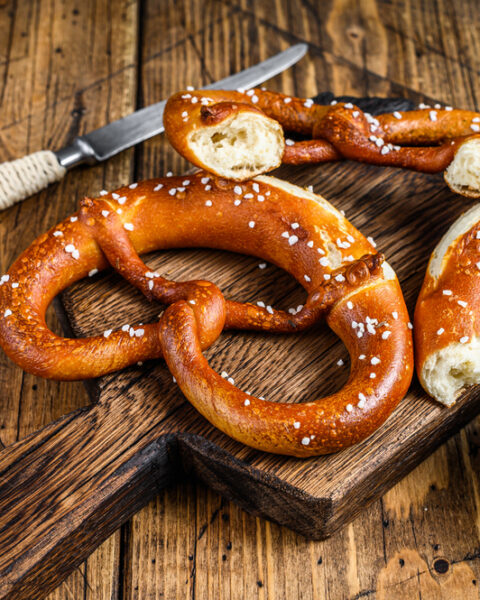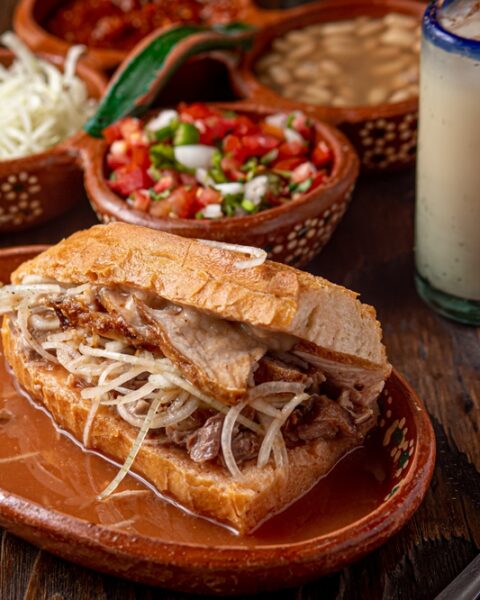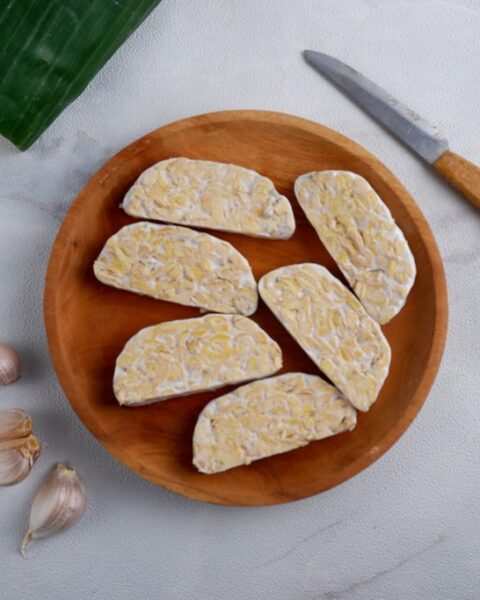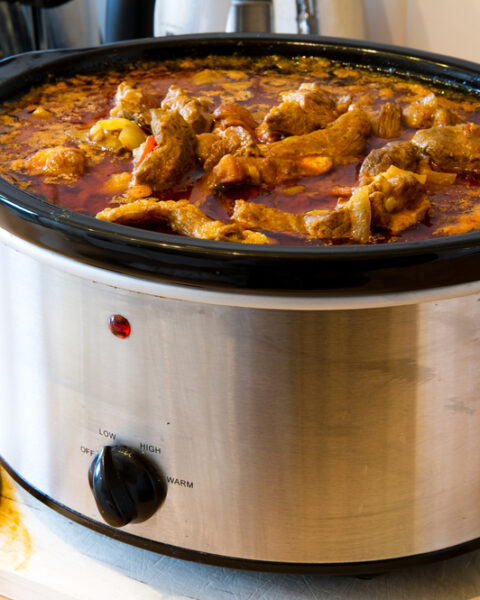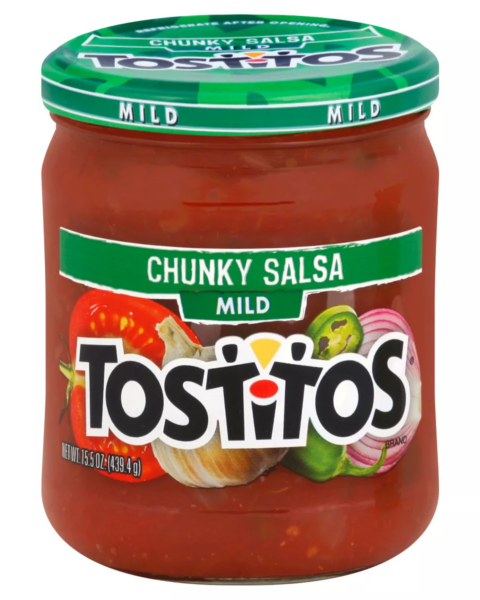Seafood is packed with so many good-for-you nutrients, and one of the most important is Omega-3 fatty acids. You might already know about popular sources like salmon or tuna, but there’s a whole world of delicious and nutrient-rich seafood out there that often gets overlooked. These underrated options not only add variety to your meals but also offer some serious health benefits.
Contents
Mussels
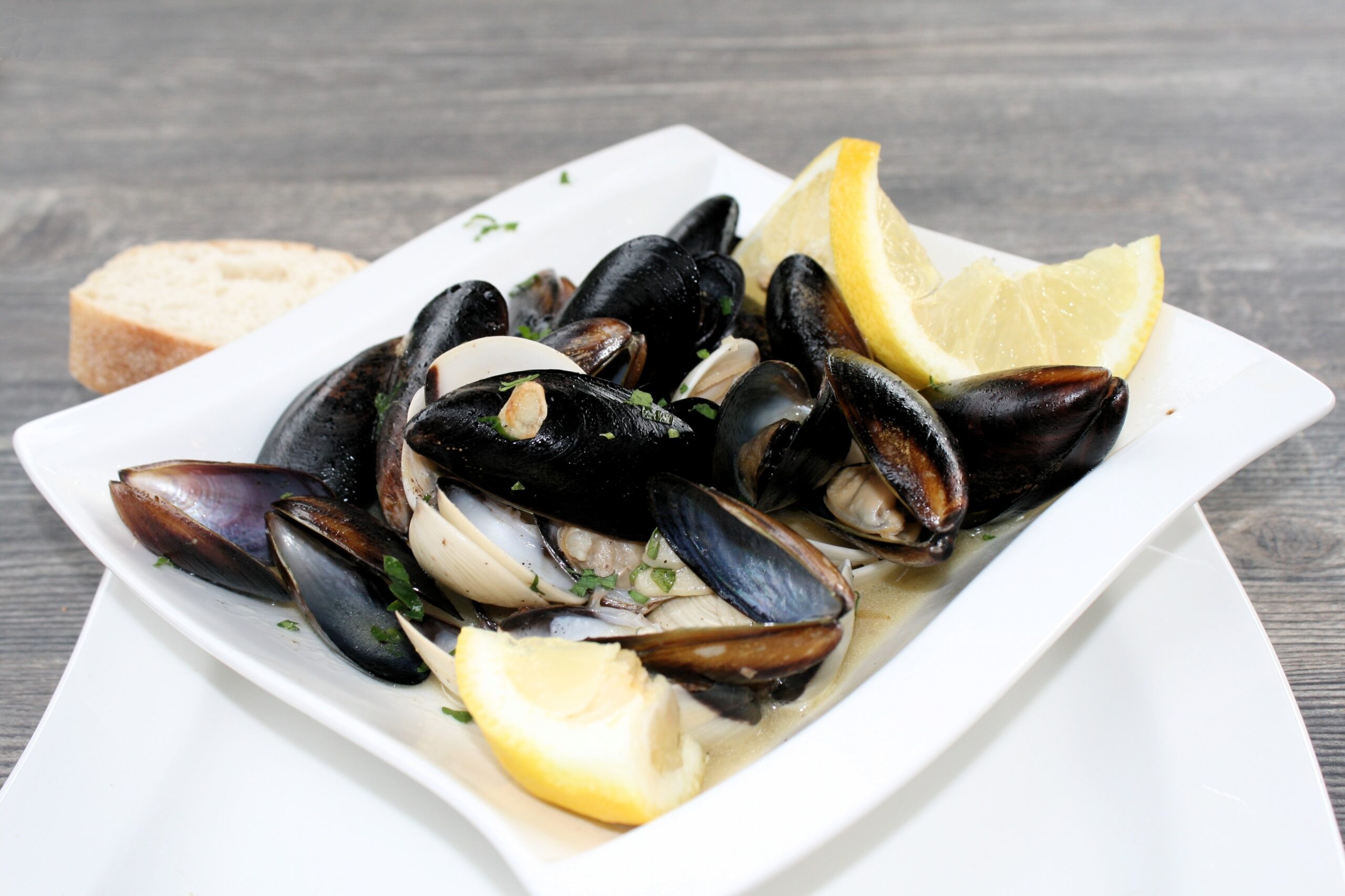
Mussels are a highly underrated source of Omega-3 fatty acids, providing a significant boost to heart health. A single serving of mussels offers more than 600 mg of Omega-3s. They are also rich in vitamin B12 and protein, making them an excellent addition to a balanced diet. Unlike other seafood, mussels are low in mercury, making them a safer choice. Furthermore, mussels are a sustainable seafood option, often farmed with minimal environmental impact. Their mild flavor allows them to pair well with various dishes.
Mackerel
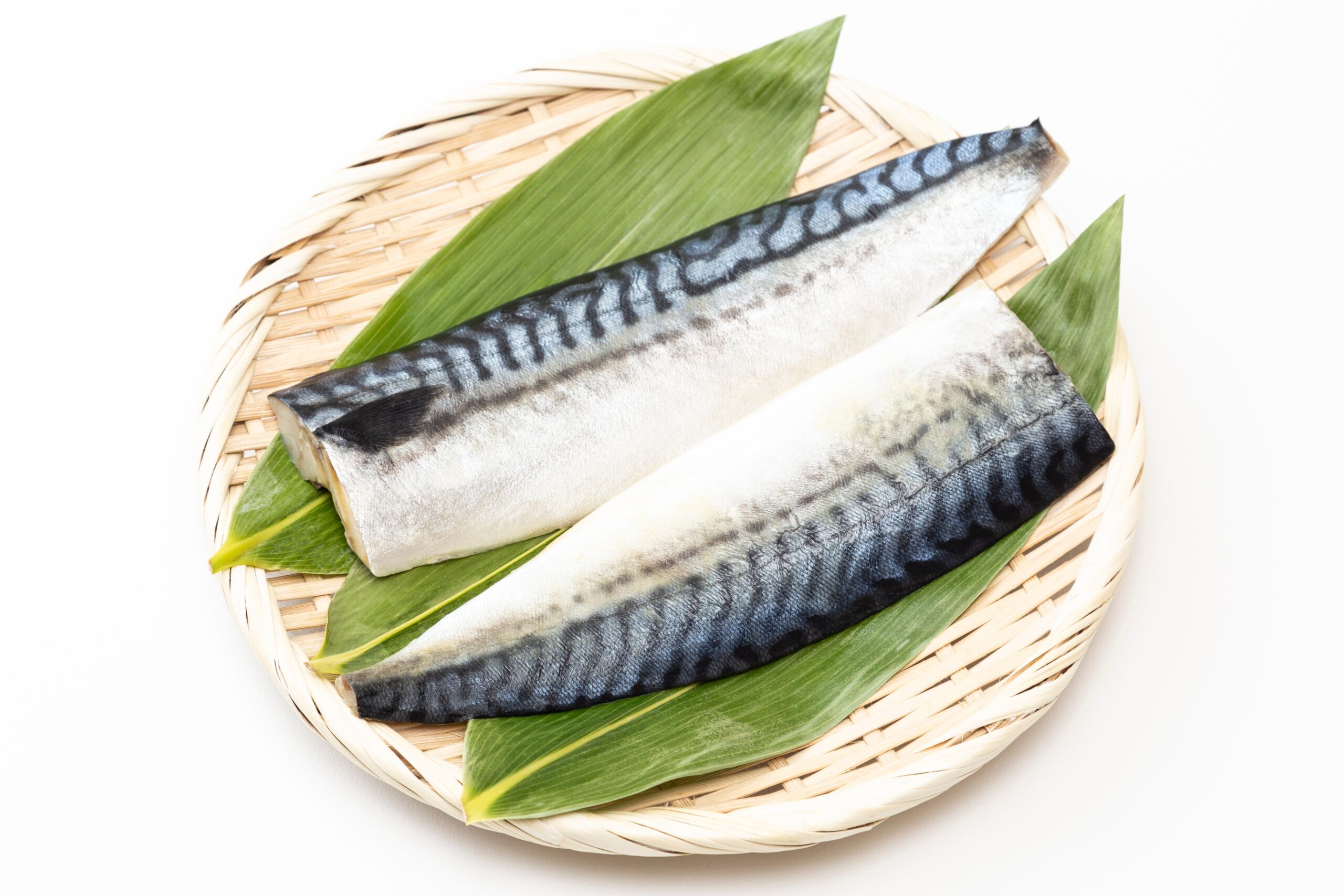
Mackerel is often overshadowed by other fatty fish like salmon, but it is packed with Omega-3s. A small fillet can contain as much as 4,580 mg of these healthy fats. Mackerel also provides essential nutrients such as selenium and vitamin D. It’s a cost-effective fish that is easy to incorporate into a weekly meal plan. Due to its robust flavor, mackerel pairs well with bold seasonings and sauces. This fish is also relatively low in mercury, making it safe for regular consumption.
Anchovies

Anchovies may be small, but they are mighty when it comes to Omega-3 content. Just a tiny portion of anchovies can provide more than 2,000 mg of Omega-3s. They are also high in protein and low in calories, making them a great addition to salads, pizzas, and sauces. These fish are rich in calcium due to their edible bones. Despite their size, anchovies contribute significantly to reducing inflammation and promoting cardiovascular health. They are also sustainable, with minimal impact on the environment.
Oysters
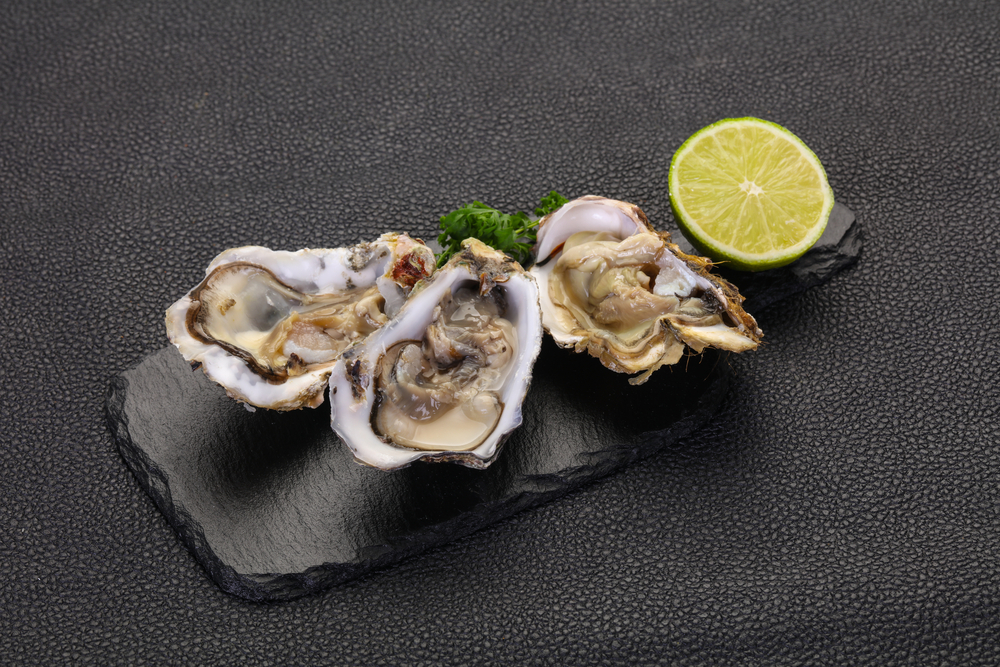
Oysters are often enjoyed for their taste, but their nutritional benefits are frequently overlooked. They are a potent source of Omega-3s, offering 565 mg per serving. Oysters are also rich in zinc, which supports immune function and wound healing. They provide high-quality protein while remaining low in fat. In addition to Omega-3s, oysters are an excellent source of vitamins A and C. They are also highly sustainable, as oyster farming has little environmental impact.
Sardines
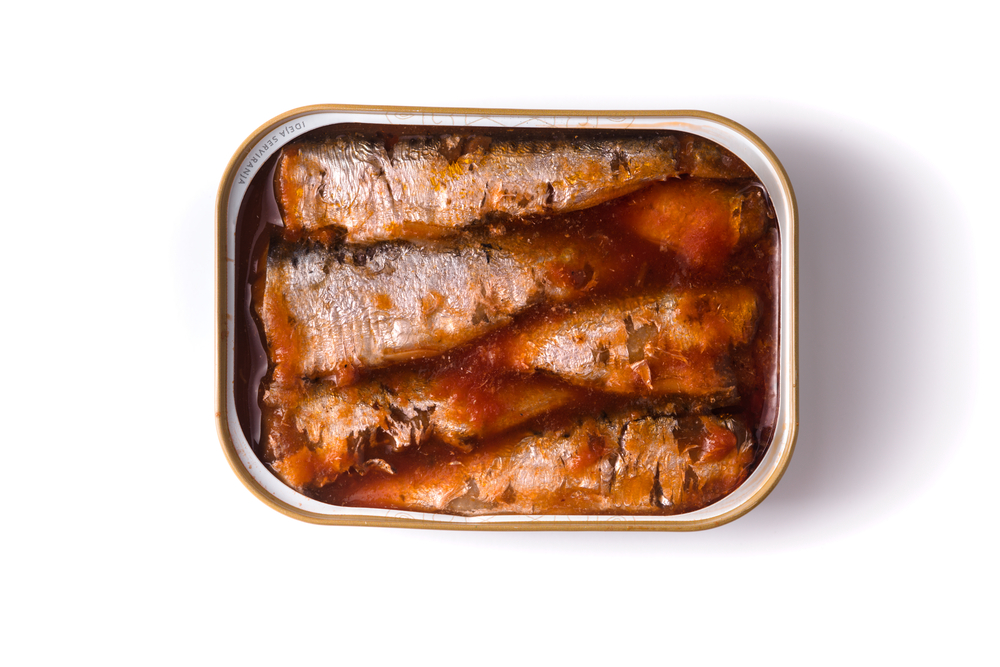
Sardines are packed with Omega-3 fatty acids, offering about 2,000 mg per 3-ounce serving. They are also an excellent source of vitamin D and calcium, thanks to their edible bones. Sardines are known for their high protein content while being relatively low in calories. They are also rich in coenzyme Q10, which can help improve heart function. These small fish are low in mercury, making them a safe and healthy seafood option. Furthermore, they are highly sustainable and widely available.
Herring
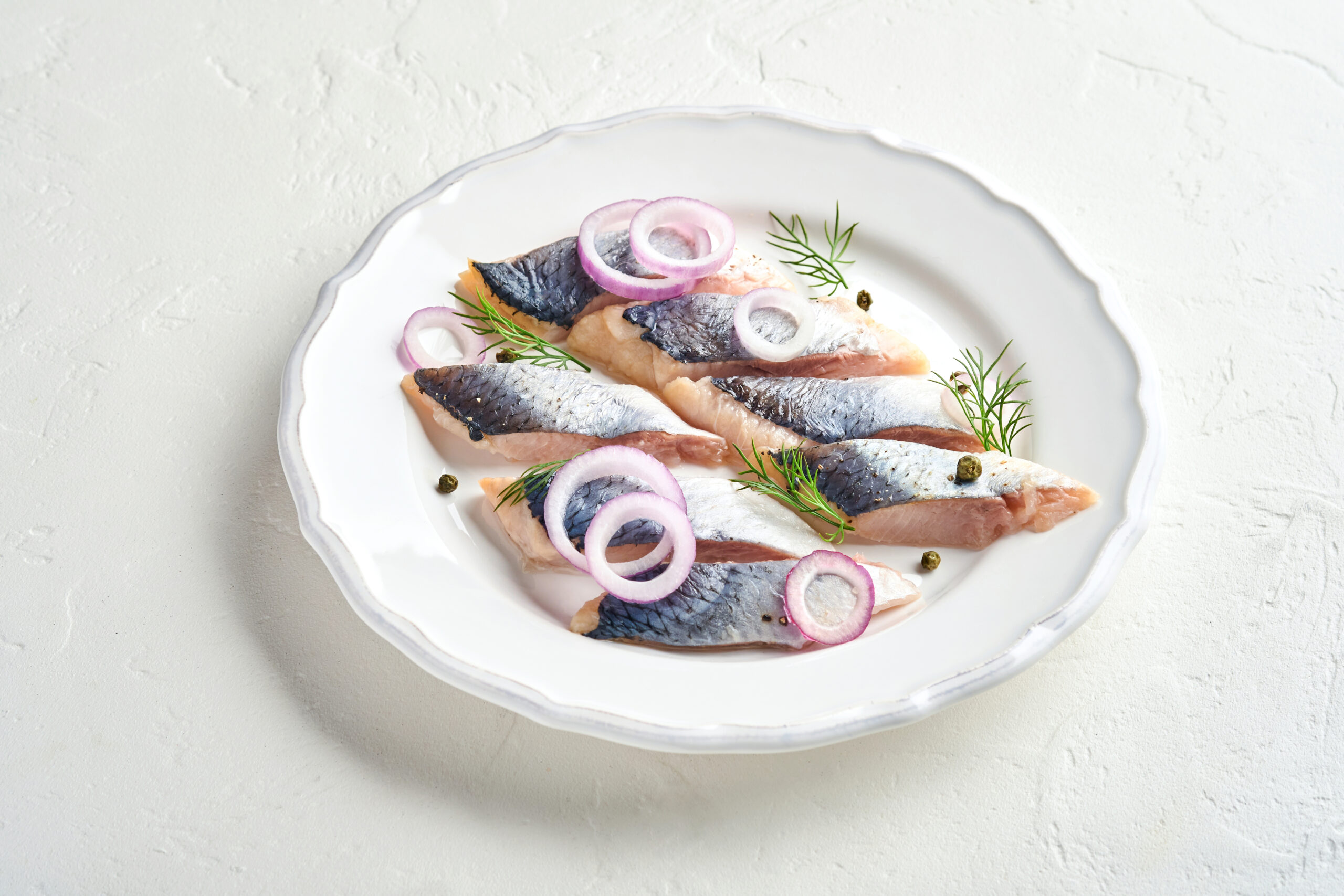
Herring is another fatty fish rich in Omega-3s, with about 1,500 mg per 3-ounce serving. It’s also high in vitamin D and selenium, which supports thyroid function and protects against oxidative stress. Herring is often sold smoked or pickled, which enhances its flavor. It’s a cost-effective fish that is widely available and versatile in various dishes. The high Omega-3 content of herring makes it excellent for promoting heart and brain health. Herring is also a sustainable choice, with a relatively low environmental footprint.
Crab
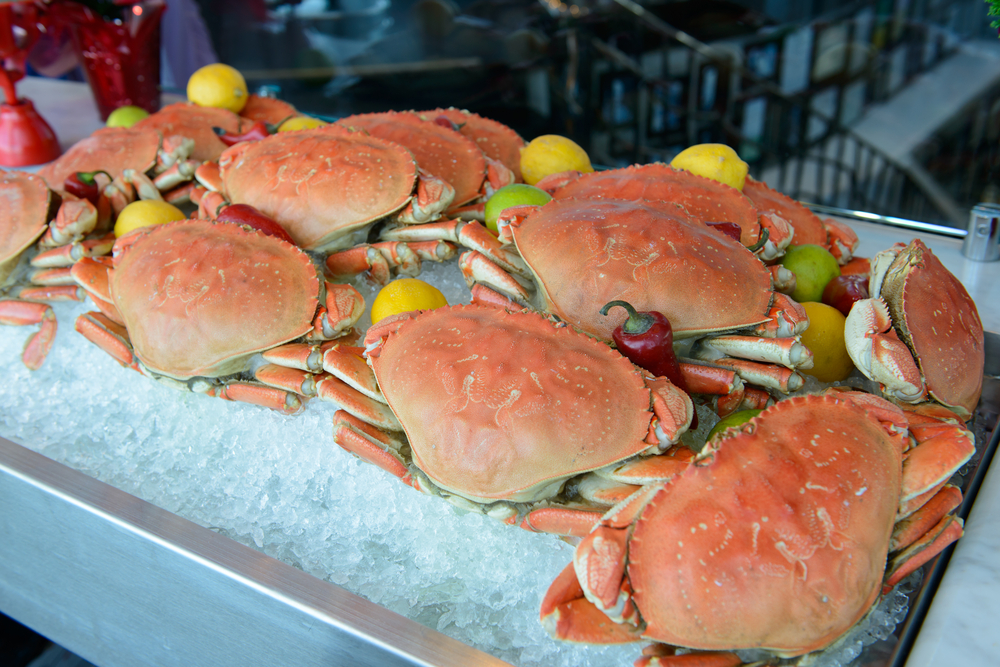
Crab is often seen as a luxury seafood, but it’s also a great source of Omega-3s, with around 500 mg per serving. It is low in fat and high in protein, making it a healthy addition to your diet. Crab meat also contains important minerals like selenium, zinc, and copper, which contribute to overall health. The flavor of crab is delicate yet rich, and it can be used in salads, soups, and main courses. Despite its reputation as a high-end food, crab is more affordable than many other Omega-3-rich options. Sustainable crab farming practices make it a good choice for eco-conscious consumers.
Rainbow Trout
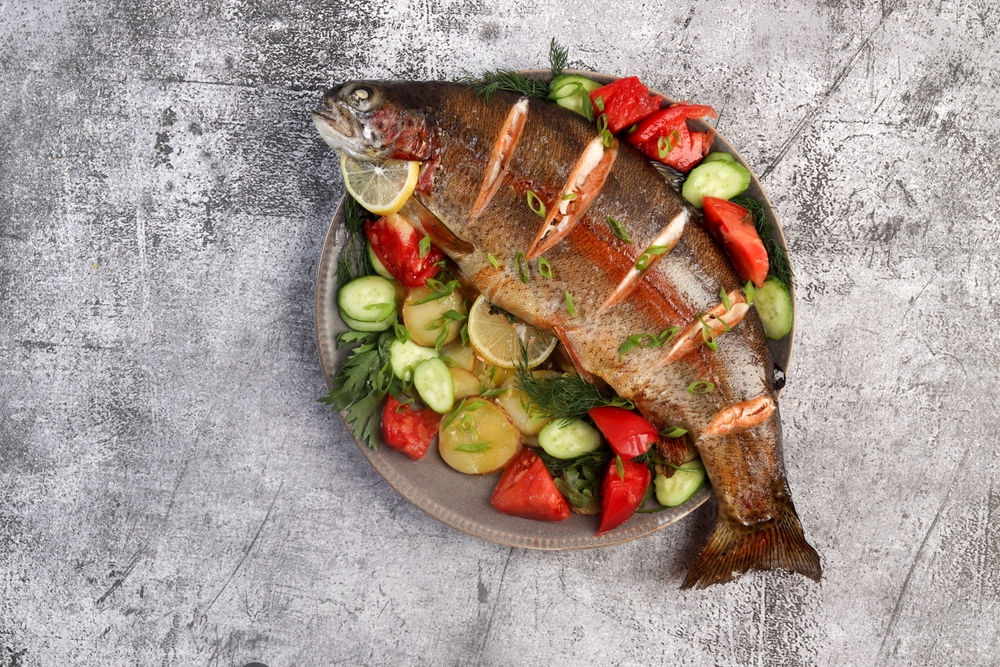
Rainbow trout is often overshadowed by its cousin, salmon, but it is just as rich in Omega-3s. A 3-ounce serving of farmed rainbow trout provides about 1,000 mg of Omega-3 fatty acids. Trout is also an excellent source of protein and B vitamins. The mild flavor of rainbow trout makes it a versatile ingredient in various recipes. It is a more sustainable option compared to some other fish species, as it is often farmed with minimal environmental impact. Additionally, rainbow trout is low in mercury, making it a safer option for frequent consumption.
Seaweed
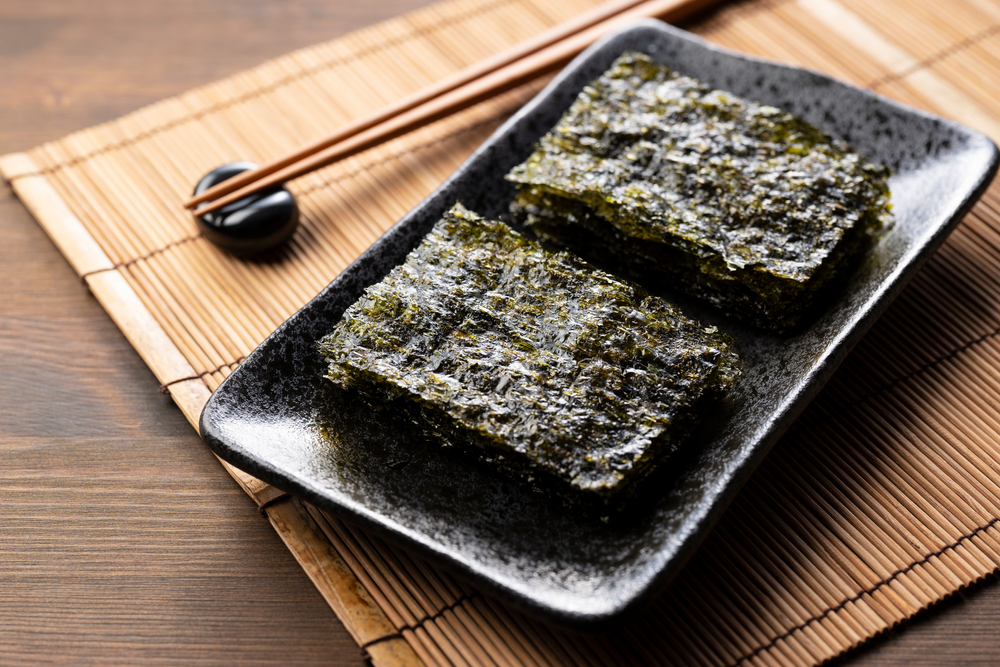
Seaweed is an often overlooked but excellent source of Omega-3s, particularly for those following a plant-based diet. Varieties like nori, wakame, and spirulina contain both EPA and DHA, the two most beneficial types of Omega-3s. Seaweed also provides iodine, which is essential for thyroid health. It’s a low-calorie food packed with fiber, which helps in digestion. Additionally, seaweed is rich in antioxidants, which protect the body from oxidative stress. Harvesting seaweed has minimal environmental impact, making it a sustainable choice.
Squid (Calamari)
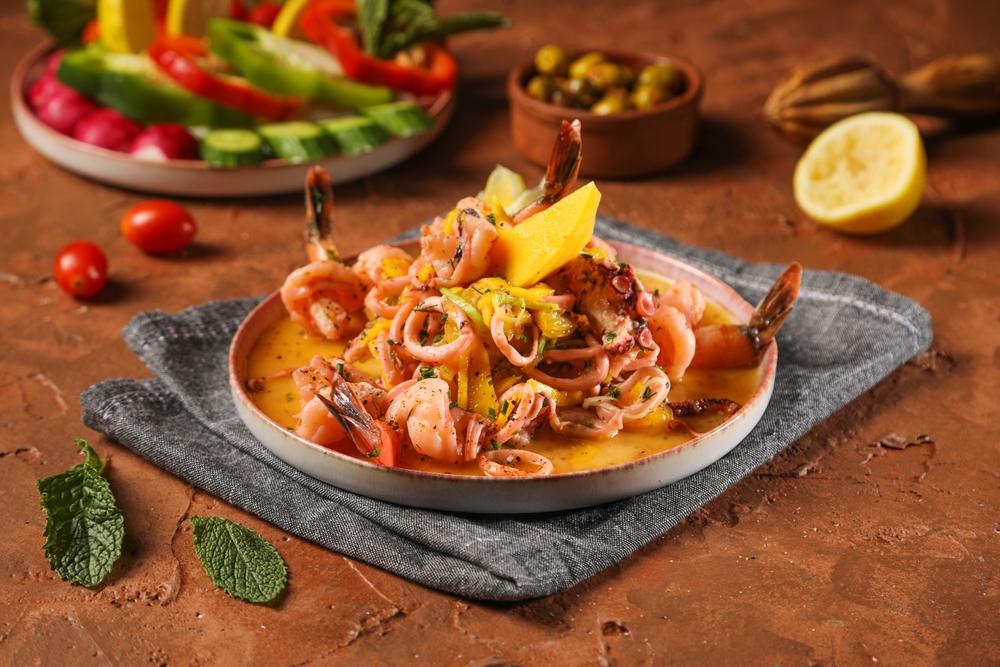
Squid, commonly known as calamari, is an underrated seafood option packed with Omega-3s. A 4-ounce serving contains about 500 mg of these essential fats. Squid is also rich in protein, low in fat, and an excellent source of vitamin B12. It’s a versatile seafood option that can be grilled, fried, or added to pasta dishes. Despite its chewy texture, squid is a nutritious option that supports cardiovascular health. Squid fishing is generally sustainable, with minimal bycatch and environmental disruption.
Tilapia
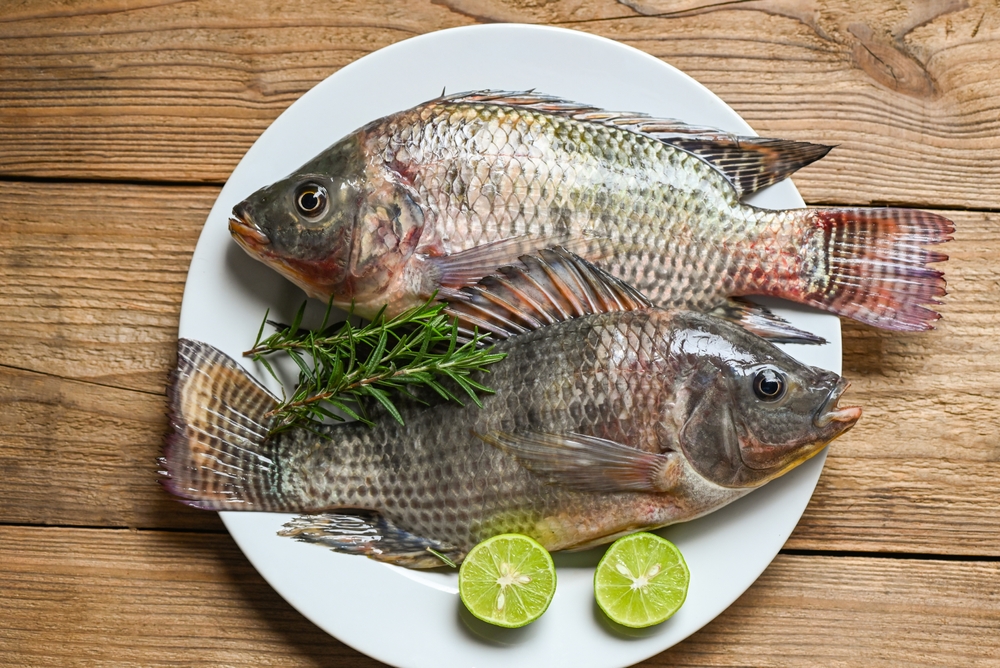
Tilapia is often criticized for being low in Omega-3s compared to other fish, but it still offers about 150 mg per 3-ounce serving. It is a lean source of protein and is low in fat, making it an ideal choice for those looking to manage their weight. Tilapia is also a good source of selenium and vitamin B12, which support metabolism and immune function. Despite being farmed extensively, responsible aquaculture practices have made tilapia a sustainable seafood option. Its mild flavor makes it highly versatile, suitable for a wide range of dishes.
Clams
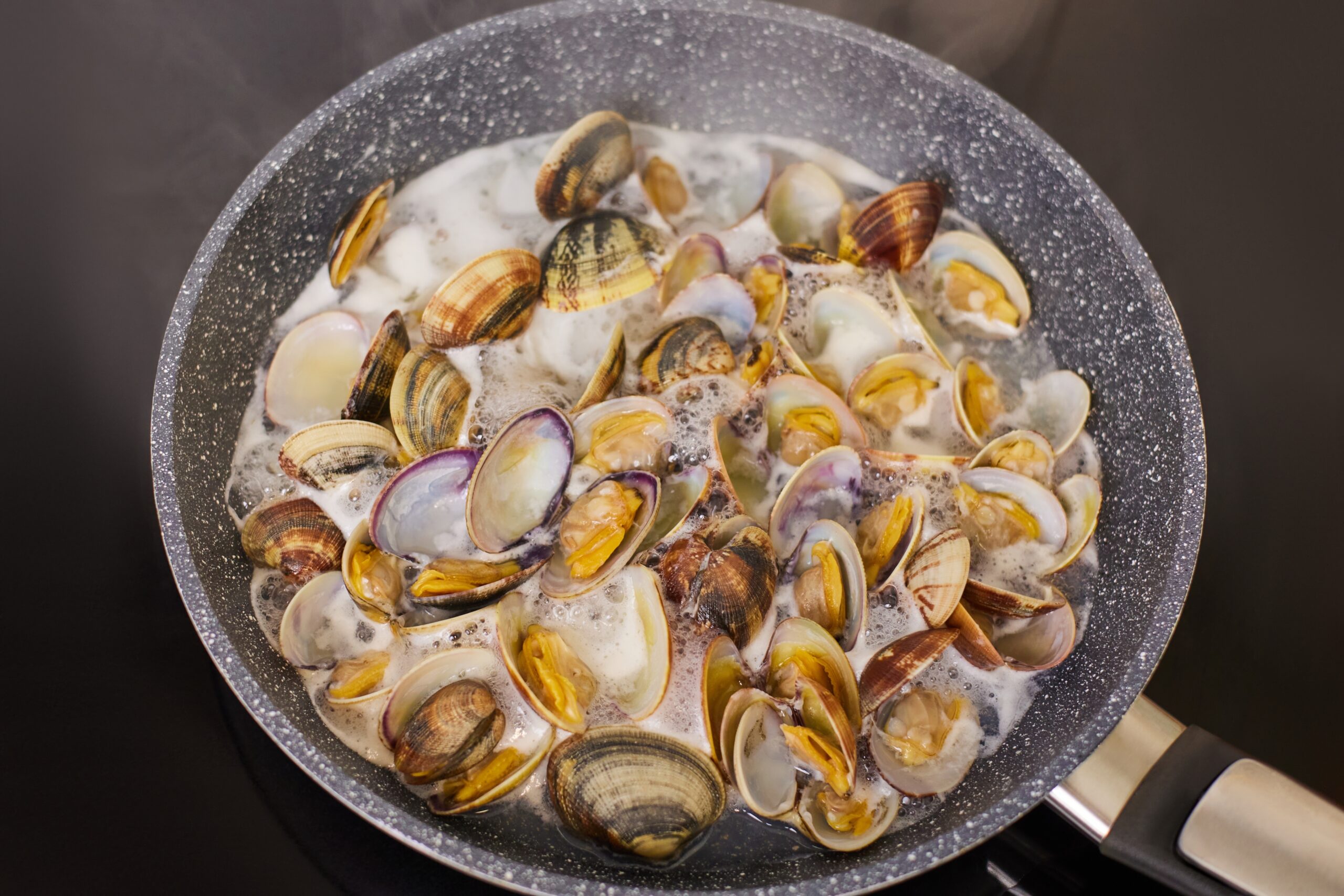
Clams are an overlooked source of Omega-3s, with about 240 mg per serving. They are also rich in iron, which is essential for transporting oxygen in the blood. Clams provide high-quality protein and are low in fat, making them an excellent choice for health-conscious individuals. They are also packed with vitamins B12 and C, both of which support immune and nerve function. Clams are typically low in mercury, making them safe for regular consumption. They are also a sustainable seafood choice, often harvested with minimal environmental impact.
Scallops
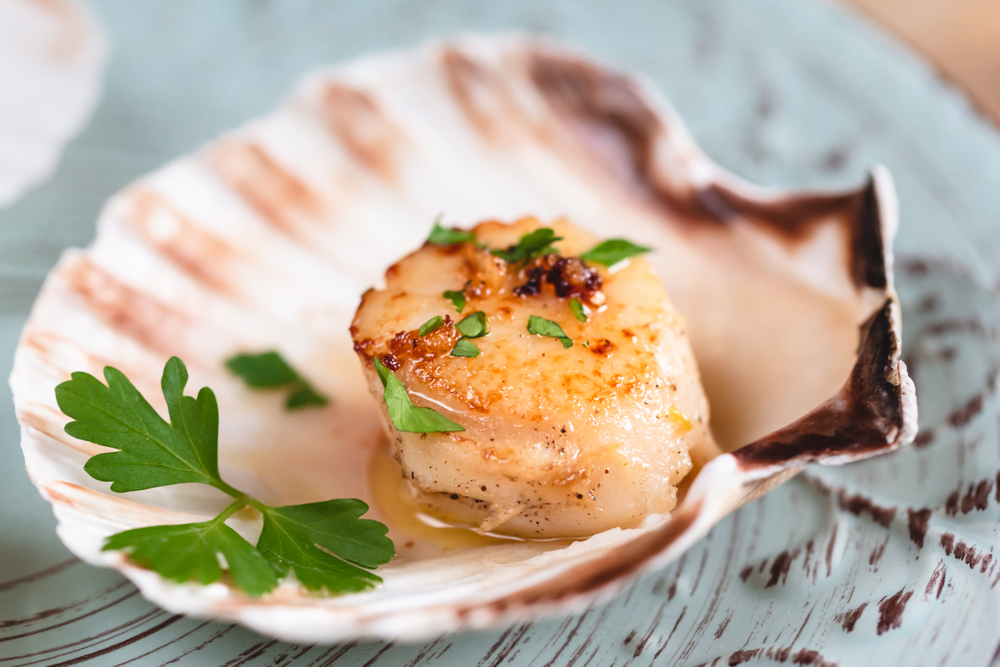
Scallops are a delicate and flavorful seafood option that is also rich in Omega-3s, providing around 200 mg per serving. They are low in fat and high in protein, making them a healthy choice for seafood lovers. Scallops are also a good source of magnesium and potassium, which help regulate blood pressure. They are typically low in mercury, making them a safe option for frequent consumption. Scallop farming is often sustainable, with minimal environmental impact. Their delicate texture and mild flavor make them a popular choice for gourmet dishes.
Barramundi
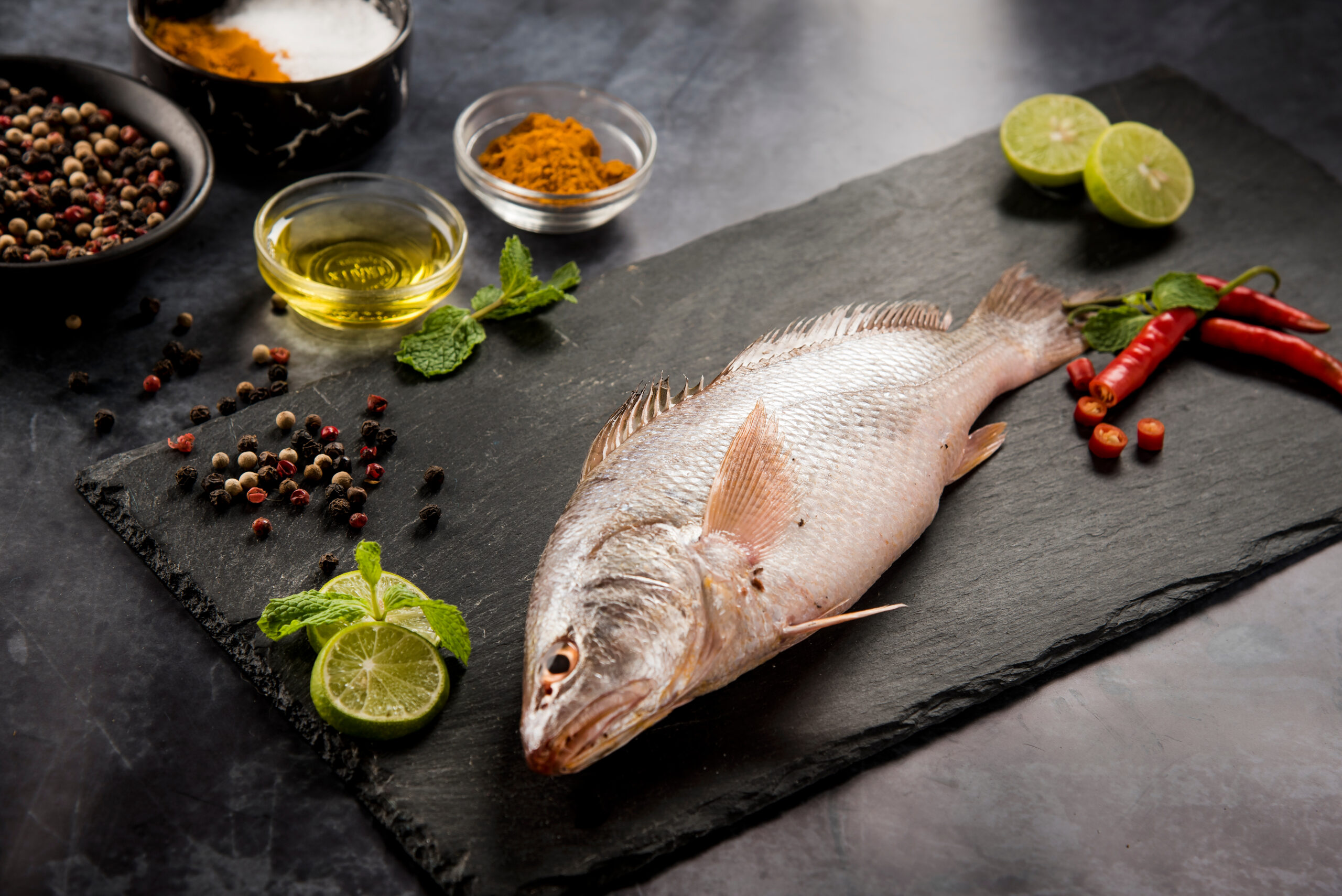
Barramundi is a lesser-known fish that is rich in Omega-3s, offering around 600 mg per serving. It is also an excellent source of lean protein and vitamin D. The mild, buttery flavor of barramundi makes it a favorite among chefs and home cooks alike. Barramundi is often farmed in environmentally friendly conditions, with low levels of mercury. Its Omega-3 content helps reduce inflammation and promote heart health. This versatile fish can be grilled, baked, or pan-seared, making it easy to include in your diet.
Octopus
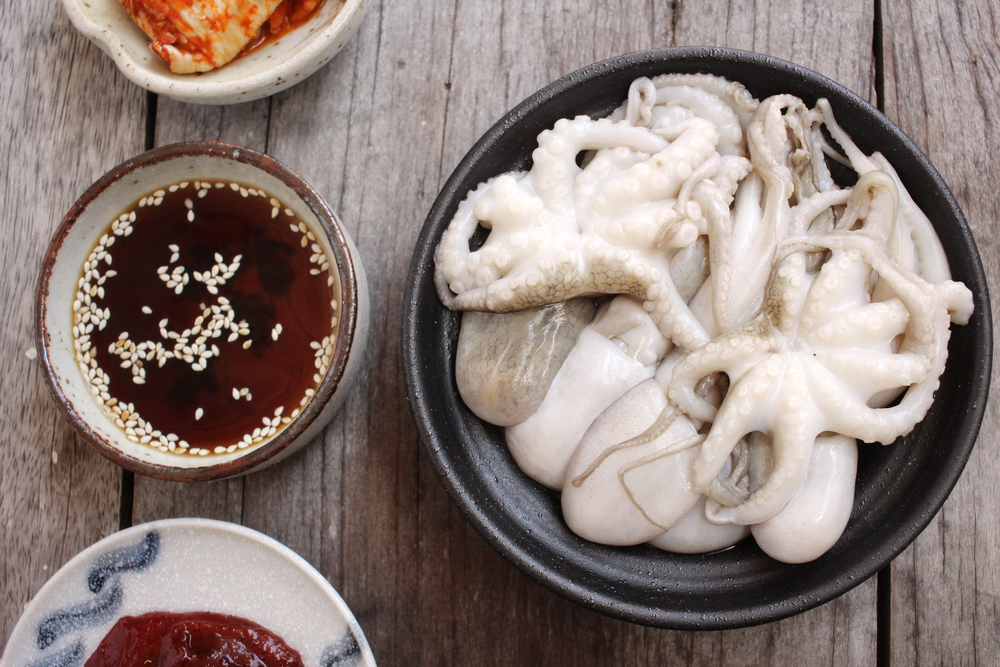
Octopus is not only a culinary delicacy but also a good source of Omega-3s, with around 200 mg per serving. It is high in protein and low in fat, making it a healthy seafood option. Octopus is also rich in iron, which helps support red blood cell production. Its unique texture and flavor make it a popular choice in Mediterranean and Asian cuisines. Although it’s often considered a luxury food, octopus is relatively affordable compared to other seafood. It is typically low in mercury, making it safe for regular consumption.
This article originally appeared on RetailShout.
More From RetailShout
14 Grocery Store Items That Are Overpriced for What You Get

Ever felt like your grocery bill is higher than it should be? You’re not alone. While we all need to stock up on essentials, some grocery store items come with a price tag that just doesn’t match what’s inside the package. Read More.
25 Foods That Can Be Frozen (And You Probably Didn’t Know)
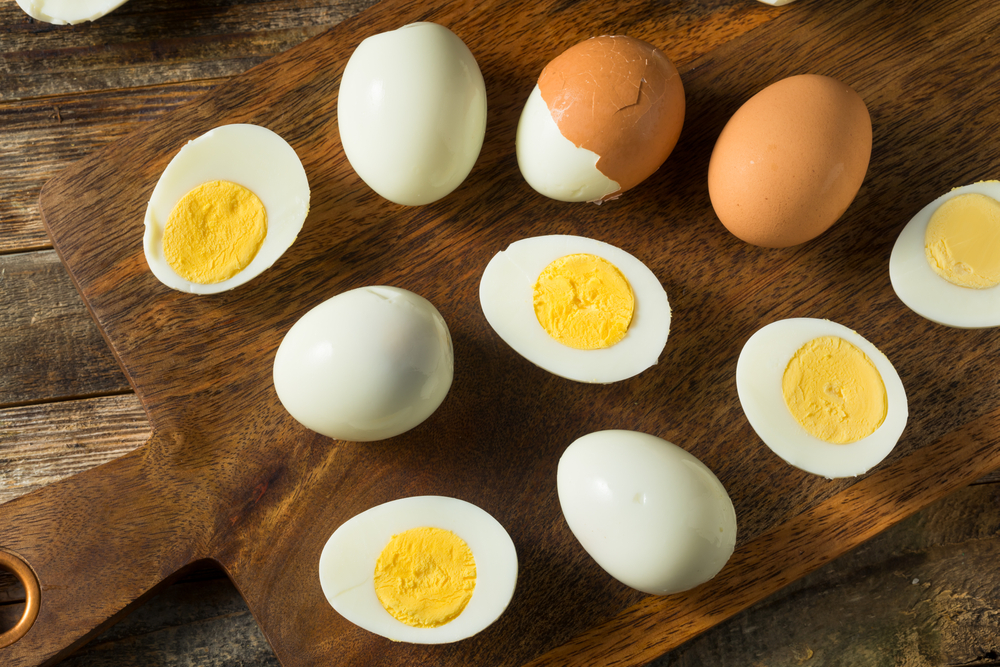
Have you ever found yourself tossing out food and wishing you could make it last longer? Well, guess what? There are tons of foods you probably didn’t know you could freeze, and it can really save you time and money. Read More.
28 Perfect Side Dishes to Pair with Fried Chicken
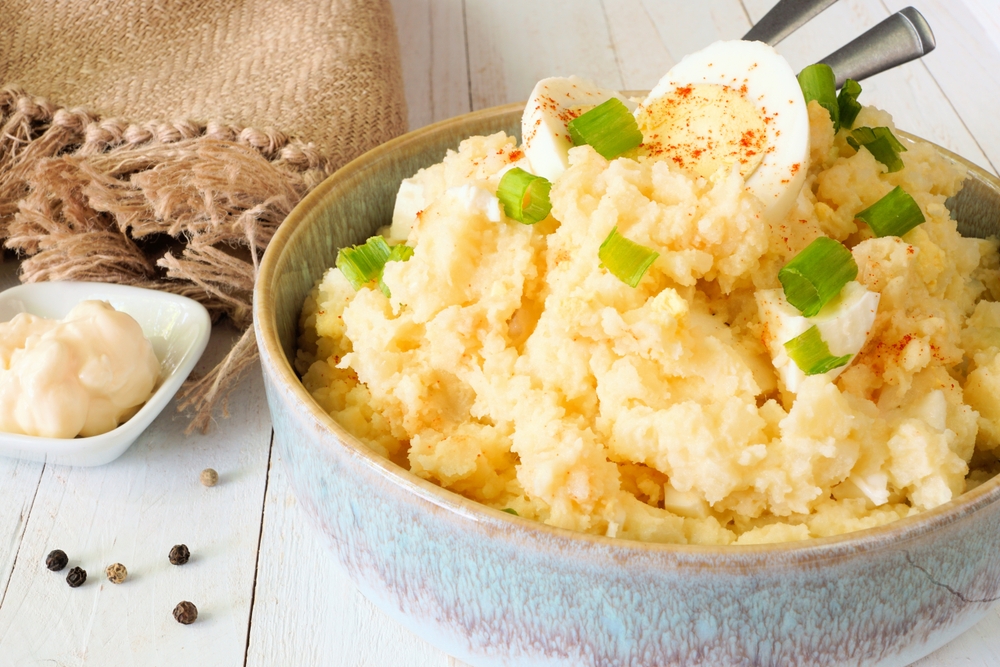
Fried chicken is a favorite comfort food for many, but it’s the side dishes that can really make the meal special. Whether you’re planning a family dinner, a summer picnic, or just a casual get-together, having the right sides can elevate your fried chicken feast to the next level. Read More.

